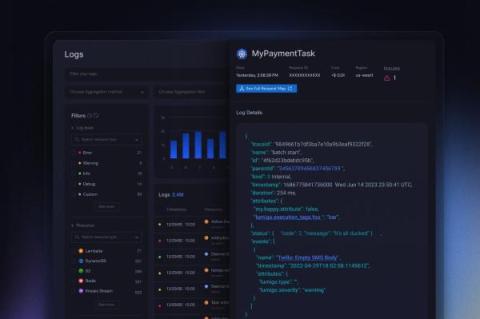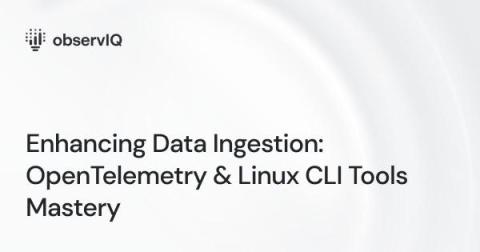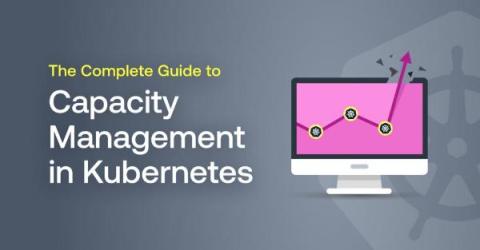9 Best Data Analysis Tools to Work With in 2024
Data analysis is crucial in today's businesses and organizations. With the increasing amount of data being created at 328.77 million terabytes of data per day, and them being readily available to most businesses, having efficient tools that can help analyze and interpret this data effectively is essential. In this article, we will discuss the top 9 best data analysis tools currently used in the market today.











